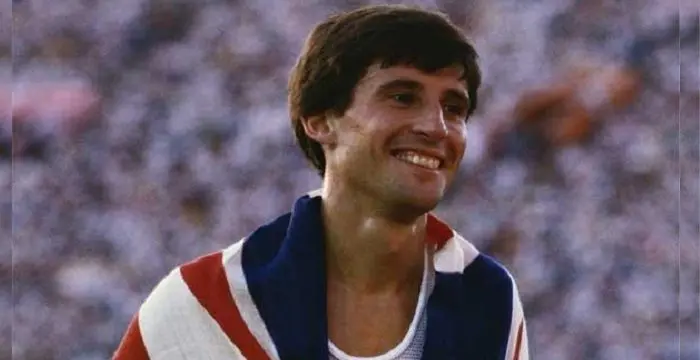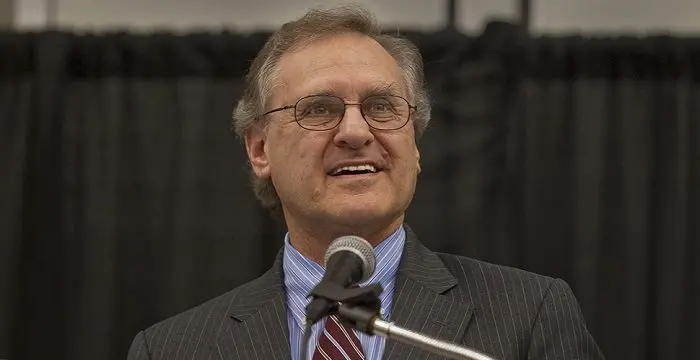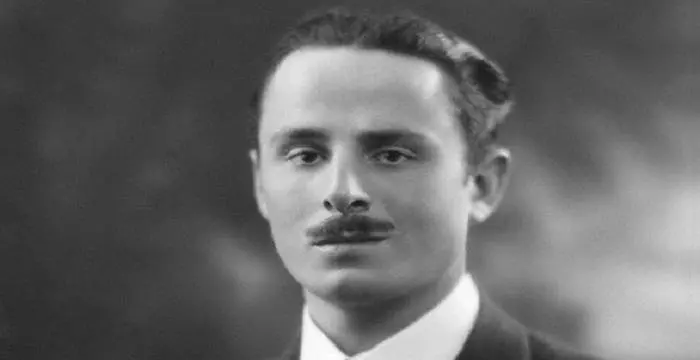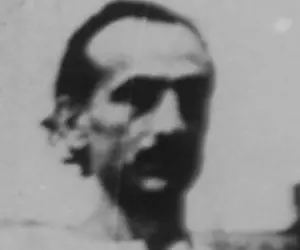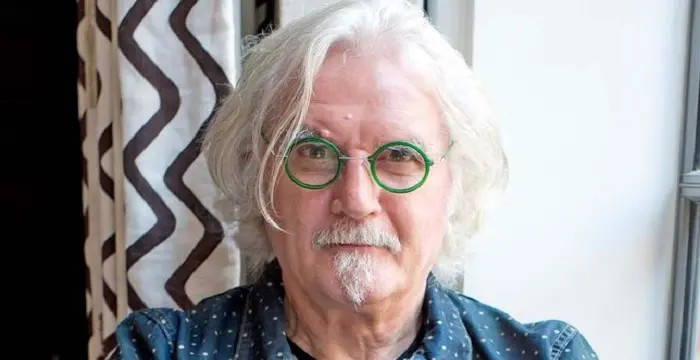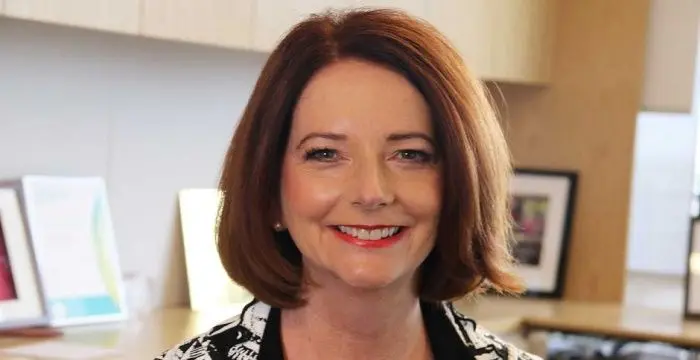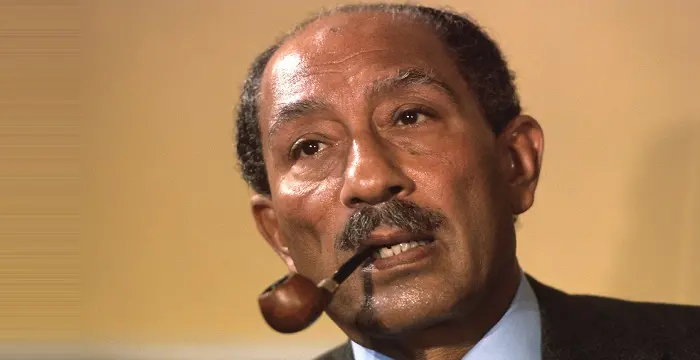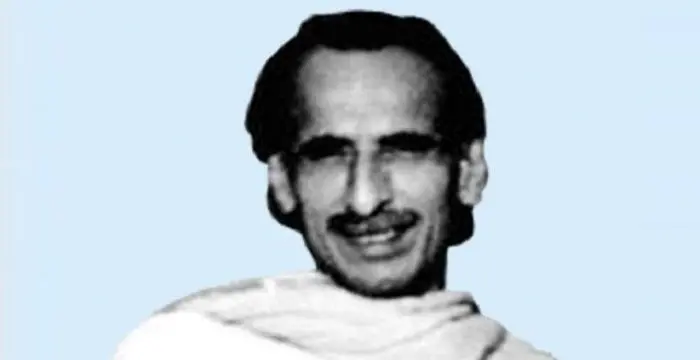
J. B. Kripalani - Politician, Timeline and Family
J. B. Kripalani's Personal Details
J
| Information | Detail |
|---|---|
| Birthday | November 11, 1888 |
| Died on | March 19, 1982 |
| Nationality | Indian |
| Famous | Socialists, Leaders, Political Leaders, Politician |
| Ideologies | Socialists |
| Spouses | Sucheta Kripalani |
| Birth Place | Hyderabad |
| Gender | Male |
| Father | Kaka Bhagwandas |
| Sun Sign | Scorpio |
| Born in | Hyderabad |
| Famous as | Politician |
| Died at Age | 93 |
// Famous Politician
Sebastian Coe
Sebastian Coe is a British former track and field athlete turned politician. This biography of Sebastian Coe provides detailed information about his childhood, life, achievements, works & timeline.
Stephen Lewis
Stephen Lewis is a Canadian politician, broadcaster, diplomat and professor. This biography profiles his childhood, career, works, life, achievements and timeline.
Oswald Mosley
Sir Oswald Ernald Mosley was a British politician known for his pro-fascist beliefs. This biography profiles his childhood, family, personal life, opinions, career, etc.
J. B. Kripalani's photo
Who is J. B. Kripalani?
Acharya J. B. Kripalani was an accomplished politician and socialist, who contributed much, both before and after Indian independence. An ardent follower of Gandhi, he was an exponent of the Gandhian philosophy and ideology. While Kripalani contributed much in the freedom struggle and afterwards, he is best known for holding the chair of the President of the Indian National Congress during the turbulent phase of 1947. Kripalani started off his career as a teacher and educationist but soon gave up the same to take part in the freedom struggle. He actively took part in the Gandhi-initiated Non-Cooperation Movement, Salt Satyagraha, Civil Disobedience Movement and Quit India Movement. He worked closely as a Congress member and activist but later resigned from his membership to form a new political party called Kisan Mazdoor Praja Party which eventually became Praja Socialist Party.
// Famous Political Leaders
Edi Rama
Edi Rama is the current Prime Minister of Albania. Check out this biography to know about his childhood, life, achievements, works & timeline.
Khalifa bin Zayed Al Nahyan
Sheikh Khalifa bin Zayed Al Nahyan is the current President of the United Arab Emirates (UAE). Check out this biography to know about his birthday, childhood, family life, achievements and fun facts about him.
Leo Varadkar
Cam Leo Varadkar is the current Taoiseach—the Prime Minister—of the Republic of Ireland. Check out this biography to know about his childhood, family life, achievements and other facts about his life.
Childhood & Early Life
J. B. Kripalani was born as Jivatram Bhagwandas Kripalani on November 11, 1888 in Hyderabad, Sind in a Hindu Kshatriya Amil family to Kaka Bhagwandas. His father was in government service, holding the profile of a revenue and judicial officer. He was the sixth of the eight children born to his parents.
Young Kripalani completed his preliminary education from a local school in Sindh before moving to Wilson College Bombay for his higher education. It was therein that he realized his liking for English poetry. Interestingly as much as he liked English poetry then, later he detested English rulers in a similar fashion.
It was while in college that he involved himself in the unrest caused by the students during the partition of Bengal. Forced by the college authorities, he migrated to D. J. Sind College at Karachi, seeking quieter surrounding.
At Karachi, life was no different for young and hot-blooded Kripalani who could not keep himself off from the turmoil and trouble. Following a derogatory remark made by the principal of the college, he actively participated in political agitation which got him ousted from the college.
He later moved to Fergusson College in Poona where he graduated in 1908. Following this, he studied further and finally attained an MA degree in History and Economics.
Later Life
Upon completing his education, he took up the profile of a teacher and started off as a Professor of English and History at the Muzaffarpur College in Bihar. He continued working in the profile for five years from 1912 to 1917.
His second meeting with Gandhiji in 1917 during the Champaran Satyagraha proved to be a turning point in his life. The ideologies of the latter so much so inspired him that he involved himself in the Indian National Congress.
In 1919, he briefly took up a teaching position at the Benaras Hindu University before moving over as the principal of Gujarat Vidyapeeth, a school founded by Mahatma Gandhi. He served in the chair of the principal for seven years from 1920 to 1927.
During the early 1920s, he committed himself to the Non-Cooperation Movement. He worked on the ideology of social reforms and principles of education that Gandhi promoted in his various ashrams across Gujarat and Bombay.
After his stint at the ashrams in Gujarat and Bombay, he moved towards North India and started teaching and organizing new ashrams dedicated to the Gandhian principles and beliefs in Bihar and United Province.
He actively took part in the Salt Satyagraha, Civil Disobedience Movement and Quit India Movement, for which he was arrested and imprisoned a multitude times. His publication of seditious comments against British government also resulted in his incarceration.
His active involvement in the national freedom movement helped him rise dramatically upwards towards the higher ranks in the Indian National Congress. For almost a decade, from 1934 to 1945, he served as the General Secretary of the Indian National Congress.
He took an active role in the interim government of India from 1946 to 1947 and in the Constituent Assembly of India.
Though his ideologies were at odds with the right and the left wing within the Congress headed by Vallahbhai Patel and Jawaharlal Nehru respectively, he was nevertheless elected to the post of the Congress President in 1946. He steered the party through the crucial phase of partition and independence.
He resigned in November 1947, after differences with many of his colleagues regarding supremacy of of the organisational wing of the Congress over the Parliamentary wing. Kriplani was in the favour of the supremacy of the organisational wing, whereas, Nehru and Patel were opposed to it. He was succeeded by Dr. Rajendra Prasad as the Congress President.
Despite the Nehru-Kripalani rift over power and status of the ruling party, Nehru firmly supported the latter in the Congress Presidential elections of 1950, in which he stood against Patel’s candidate, Purushottam Das Tandon. The result of the election was deeply disheartening as he was defeated by Tandon.
Following his downfall, he resigned as a member of the Congress party and instead became a founding member of a new political party called Kisan Mazdoor Praja Party. It was later that the party merged with the Socialist Party of India to form the Praja Socialist Party.
In 1954, he resigned from his position in the Praja Socialist Party and became an independent politician for the better part of his future life.
As a member of Praja Socialist Party, he remained in opposition for the rest of his political career. He was elected as the member of the Lok Sabha for four times, in 1952, 1957, 1963 and 1967.
In 1963, immediately following the catastrophic result of the India-China War, he moved the first no-confidence motion on the floor of Lok Sabha
Following his defeat in the 1971 parliamentary elections, he eventually ended his parliamentary career and switched to being a spiritual leader. He spent the decade of 1970s working for the preservation and conservation of natural surroundings.
In 1972, he voiced against Indira Gandhi’s authoritarian rule, stating that her governance had transformed from being democratic to dictatorial. He raised non-violent protests against her government throughout the country and even launched a civil disobedience movement against Gandhi’s government. Due to this, he was duly arrested and imprisoned upon the proclamation of Emergency on June 26, 1975.
Following the elevation of the state of Emergency, he witnessed the first non-Congress government to come to power since Independence under Janata Party in the 1977 parliamentary elections.
Personal Life & Legacy
In 1936, he married Sucheta, a teacher in Women’s College at the Benaras Hindu University, whom he first met through her cousin who worked as the Secretary of the Gandhi Ashram at Benares initiated by him.
Unlike him, his wife remained a Congress loyalist and served the Party lifelong. In her political career, she took up various positions with several Central ministries. She became the first woman to chair the position of Chief Minister, in Uttar Pradesh.
He breathed his last on March 19, 1982 at the age of 94.
He penned his autobiography ‘My Times’ which got published posthumously—22 years after his death—by Rupa publishers in 2004.
Trivia
It was while working at the Gujarat Vidyapeeth that he came to be called as Acharya which struck to his name for the rest of his life.
Unlike him, his wife was a Congress loyalist and served the party all through her life. Interestingly, when he split from Congress, the two Kripalanis were frequently at loggerheads with each other at the Parliamentary sessions
Acharya Kripalani shares his birthday with Maulana Azad, a renowned Indian freedom fighter.
// Famous Socialists
Karl Marx
Karl Marx was a Prussian-German philosopher, revolutionary, historian and socialist whose communist ideologies and works laid the foundation for ‘Marxism’. Explore this biography to learn more about his childhood, life achievements, works & timeline.
Billy Connolly
Billy Connolly is a Scottish actor, musician and stand-up comedian. Check out this biography to know about his childhood, family life, achievements and fun facts about his
Julia Gillard
Julia Gillard is a former Prime Minister of Australia and the first woman to hold the position. To know more about her childhood, career, profile and timeline read on
J. B. Kripalani biography timelines
- // 11th Nov 1888J. B. Kripalani was born as Jivatram Bhagwandas Kripalani on November 11, 1888 in Hyderabad, Sind in a Hindu Kshatriya Amil family to Kaka Bhagwandas. His father was in government service, holding the profile of a revenue and judicial officer. He was the sixth of the eight children born to his parents.
- // 1908He later moved to Fergusson College in Poona where he graduated in 1908. Following this, he studied further and finally attained an MA degree in History and Economics.
- // 1912 To 1917Upon completing his education, he took up the profile of a teacher and started off as a Professor of English and History at the Muzaffarpur College in Bihar. He continued working in the profile for five years from 1912 to 1917.
- // 1917His second meeting with Gandhiji in 1917 during the Champaran Satyagraha proved to be a turning point in his life. The ideologies of the latter so much so inspired him that he involved himself in the Indian National Congress.
- // 1919 To 1927In 1919, he briefly took up a teaching position at the Benaras Hindu University before moving over as the principal of Gujarat Vidyapeeth, a school founded by Mahatma Gandhi. He served in the chair of the principal for seven years from 1920 to 1927.
- // 1934 To 1945His active involvement in the national freedom movement helped him rise dramatically upwards towards the higher ranks in the Indian National Congress. For almost a decade, from 1934 to 1945, he served as the General Secretary of the Indian National Congress.
- // 1936In 1936, he married Sucheta, a teacher in Women’s College at the Benaras Hindu University, whom he first met through her cousin who worked as the Secretary of the Gandhi Ashram at Benares initiated by him.
- // 1946Though his ideologies were at odds with the right and the left wing within the Congress headed by Vallahbhai Patel and Jawaharlal Nehru respectively, he was nevertheless elected to the post of the Congress President in 1946. He steered the party through the crucial phase of partition and independence.
- // 1947He resigned in November 1947, after differences with many of his colleagues regarding supremacy of of the organisational wing of the Congress over the Parliamentary wing. Kriplani was in the favour of the supremacy of the organisational wing, whereas, Nehru and Patel were opposed to it. He was succeeded by Dr. Rajendra Prasad as the Congress President.
- // 1950Despite the Nehru-Kripalani rift over power and status of the ruling party, Nehru firmly supported the latter in the Congress Presidential elections of 1950, in which he stood against Patel’s candidate, Purushottam Das Tandon. The result of the election was deeply disheartening as he was defeated by Tandon.
- // 1954In 1954, he resigned from his position in the Praja Socialist Party and became an independent politician for the better part of his future life.
- // 1963In 1963, immediately following the catastrophic result of the India-China War, he moved the first no-confidence motion on the floor of Lok Sabha
- // 1971Following his defeat in the 1971 parliamentary elections, he eventually ended his parliamentary career and switched to being a spiritual leader. He spent the decade of 1970s working for the preservation and conservation of natural surroundings.
- // 1982He breathed his last on March 19, 1982 at the age of 94.
// Famous Leaders
Edi Rama
Edi Rama is the current Prime Minister of Albania. Check out this biography to know about his childhood, life, achievements, works & timeline.
Tecumseh
Tecumseh was a Native American leader of the Shawnee clan. This biography profiles his childhood, life and timeline.
Khalifa bin Zayed Al Nahyan
Sheikh Khalifa bin Zayed Al Nahyan is the current President of the United Arab Emirates (UAE). Check out this biography to know about his birthday, childhood, family life, achievements and fun facts about him.
Anwar Sadat
Anwar Sadat was the third President of Egypt and has been awarded the Nobel Prize for his peace initiatives. To know more about his childhood, career, profile and timeline read on the following biography.
Leo Varadkar
Cam Leo Varadkar is the current Taoiseach—the Prime Minister—of the Republic of Ireland. Check out this biography to know about his childhood, family life, achievements and other facts about his life.
Swami Vivekananda
Swami Vivekananda was the chief disciple of Sri Ramakrishna, and was responsible for awakening India spiritually. Check this biography to know in detail about his life, profile and timeline.
J. B. Kripalani's FAQ
What is J. B. Kripalani birthday?
J. B. Kripalani was born at 1888-11-11
When was J. B. Kripalani died?
J. B. Kripalani was died at 1982-03-19
Which age was J. B. Kripalani died?
J. B. Kripalani was died at age 93
Where is J. B. Kripalani's birth place?
J. B. Kripalani was born in Hyderabad
What is J. B. Kripalani nationalities?
J. B. Kripalani's nationalities is Indian
What is J. B. Kripalani ideologies?
J. B. Kripalani's ideologies is Socialists
Who is J. B. Kripalani spouses?
J. B. Kripalani's spouses is Sucheta Kripalani
Who is J. B. Kripalani's father?
J. B. Kripalani's father is Kaka Bhagwandas
What is J. B. Kripalani's sun sign?
J. B. Kripalani is Scorpio
How famous is J. B. Kripalani?
J. B. Kripalani is famouse as Politician
